
Last year I wrote a column about a study I saw in an article from over a decade ago. It was about the poor odds people have making changes in their life actually happen. The article was an outpouring of concern from healthcare experts and doctors, all looking for a way to change the behavior of people who love their lifestyle so much that they were willing to literally die from it.
In the Johns Hopkins study, 9 of 10 heart surgery patients chose to return to their unhealthy lifestyle, rather than make the changes needed to live longer. Very few were convinced by their doctors to make radical daily changes.
Based on my own… (Read More)

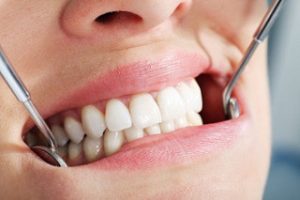
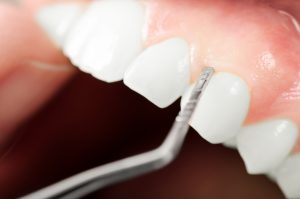 It’s common, when thinking of oral care, to direct your attention to your teeth, but your
It’s common, when thinking of oral care, to direct your attention to your teeth, but your 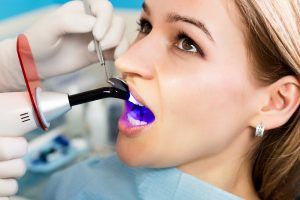
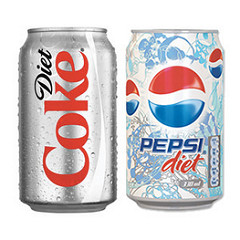
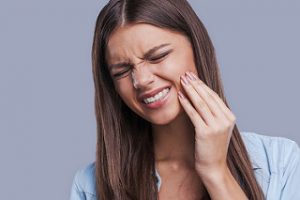
 You make sure to fill your diet with lots of fruits and vegetables, brush your teeth twice a day, and even use mouthwash pretty often. But when it comes to flossing your teeth—you like to drag your feet. If there’s any oral hygiene habit that you should stay consistent with, it’s flossing your teeth!
You make sure to fill your diet with lots of fruits and vegetables, brush your teeth twice a day, and even use mouthwash pretty often. But when it comes to flossing your teeth—you like to drag your feet. If there’s any oral hygiene habit that you should stay consistent with, it’s flossing your teeth!